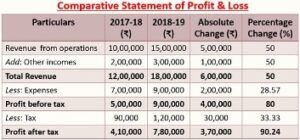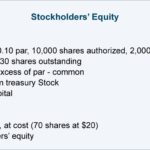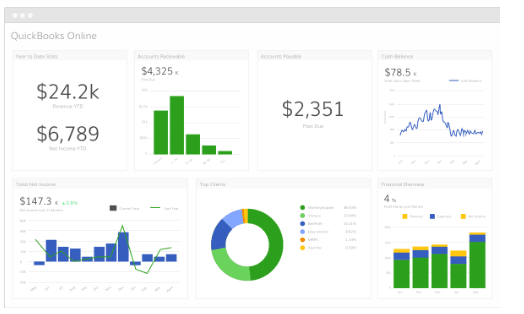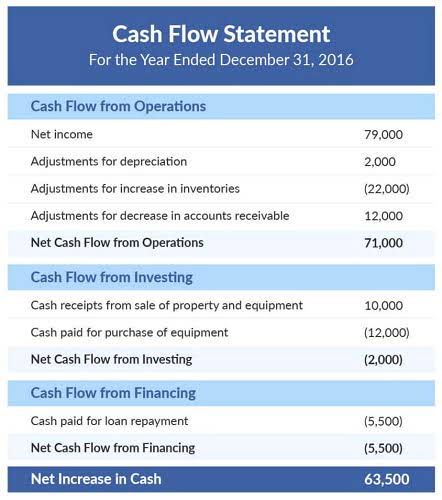What is the reorder point formula? Definition, calculations, and benefits
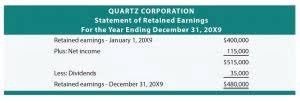
The main advantage of a fixed-quantity system is that it can help a company avoid stock-outs. If a company knows it will need 200 widgets every week, it can order 200 widgets each time it runs low, rather than waiting until it has zero widgets in stock. Open to buy (OTB) is a term used in the retail industry to describe the amount of money that a retailer has available to spend on inventory. It is calculated by subtracting the projected cost of goods sold from the current inventory levels. The specific formula that you use will depend on the specific factors of your business.

CompanyCompany
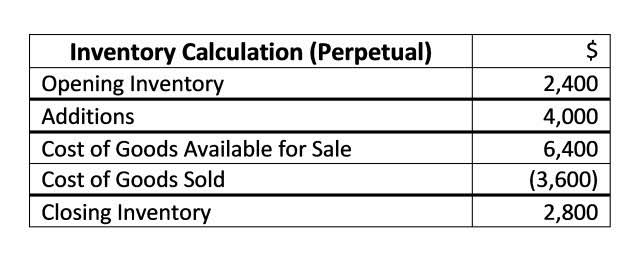
A modern inventory management system can bring greater efficiency to inventory processes through automation and digital tools. For example, real-time inventory tracking allows staff to see what’s in stock, what’s on order, and where each item is located. Software tools can also collect and present data on purchase orders, sales fulfillment, and demand forecasting on a single user dashboard.

Fixed-Period vs Fixed-Quantity Inventory System:
Safety stock is the extra inventory that a company keeps on hand to avoid stock outs. Reorder point is https://x.com/BooksTimeInc the inventory level at which a company orders more goods. To maintain an accurate reorder point, check the underlying metrics — average daily sales/usage and average lead time — at least once per quarter.
Customer ServiceCustomer Service
- This means you need to replenish your inventory when you reach 100 units.
- As you build this body of data, you can improve forecasting to better meet customer demand.
- Let’s say you sold 40 units of an item in March, 60 in April, and 46 in May.
- Safety stock is the extra inventory that a company keeps on hand to avoid stock outs.
- And the rest one is the lead time, which is the amount of time it takes to receive new inventory from the time an order is placed.
- The reorder point calculation takes into account delivery lead time from suppliers.
This will help you determine how much inventory you need on hand to meet customer demand. To avoid stock outs, businesses need to monitor their inventory levels closely and place orders for new https://www.bookstime.com/articles/rental-property-bookkeeping-tips-for-landlords inventory as soon as they reach the reorder point. The reorder point is important because it helps businesses in keep your inventory in a balanced levels which to minimize costs, maximize profits, and business capability.
- If you’re dealing with a product that has a shelf life, you should consider changing safety stock levels to days rather than weeks.
- When you decide on a safety stock level, you’ll want to consider average daily sales and the daily average you use the product in work orders (if applicable).
- Let’s continue with the manufacturer example and calculate the reorder point.
- However, once you have a handle on the patterns of a product, you’re ready to start putting the variables together.
- You can setup a formula somewhere in your inventory list with the reorder point formula, so you can make quick calculations for your products individually.
- Open to buy (OTB) is a term used in the retail industry to describe the amount of money that a retailer has available to spend on inventory.
- Reorder point is the level of inventory that triggers a replenishment order.
- A retailer would measure the average number of units sold, while a manufacturer would calculate the average number of components used per day.
- Businesses with a limited number of products can start with excel spreadsheets and format cells to turn red when inventory levels reach the reorder point.
- For growing retailers, manufacturers, or wholesalers, working with dozens or hundreds of spreadsheets can be time-consuming and error-prone.
- Because they’ve built an average delivery lead time into the reorder point, the extra Ghost glasses should arrive before Archon dips into their safety stock.
- The specific formula that you use will depend on the specific factors of your business.
The quantity of inventory at which you must reorder is known as your reorder point. You may prevent stockouts and maintain the smooth operation of your company by being aware of and leveraging your reorder point. Average daily sales is the average number of units sold or used per day over a defined time period.

Optimize inventory level:

When the quantity on hand which one of these would not be a factor in determining the reorder point? for Ghost glasses hits 38, Archon Optical knows to place a purchase order for more. Because they’ve built an average delivery lead time into the reorder point, the extra Ghost glasses should arrive before Archon dips into their safety stock. One common method for calculating the reorder quantity is to use the Economic Order Quantity (EOQ) formula. This formula takes into account the fixed costs of ordering and the variable costs of carrying inventory.

